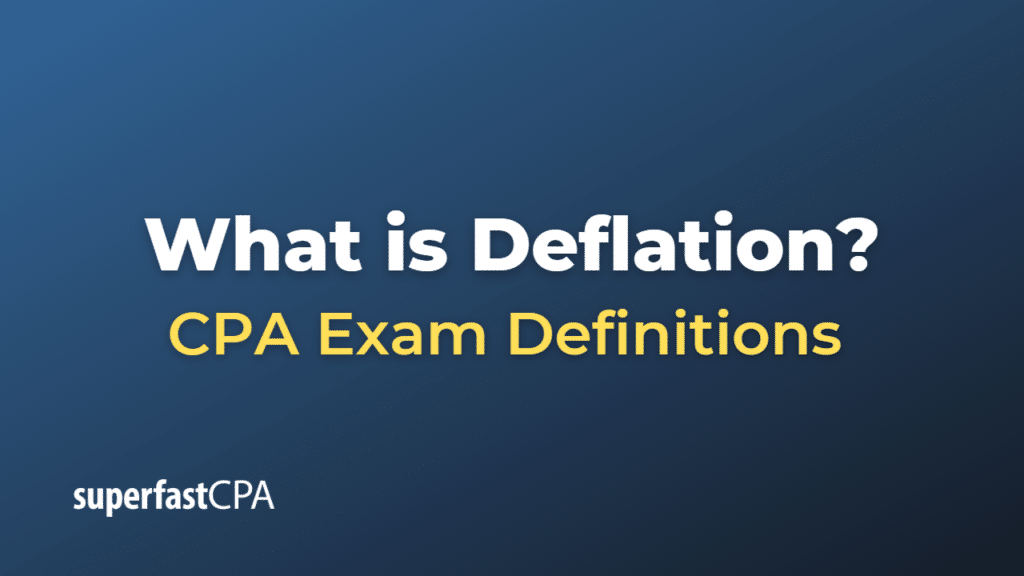Deflation
Deflation is a decrease in the general price level of goods and services in an economy over a period of time. When deflation occurs, the purchasing power of currency rises over time. It’s the opposite of inflation, which is an increase in the general price level over time.
Deflation can be caused by various factors, including a decrease in the supply of money, increased demand for money, a decrease in demand for goods and services, or an oversupply of goods and services. Technological advancements can also lead to deflation, as they often increase production efficiency and lower production costs.
While it may seem that deflation is beneficial because it increases the value of money, it’s generally considered negative for the economy. This is because deflation can create a deflationary spiral, where the expectation of falling prices leads consumers to delay purchases, which leads to decreased demand for goods and services. This can cause companies to cut production, leading to layoffs and further decreases in demand. Additionally, deflation increases the real burden of debt, as the value of the debt rises relative to the value of incomes or assets.
Central banks and monetary authorities typically aim to prevent significant deflation (as well as high inflation) in order to maintain economic stability. They may use monetary policies, such as lowering interest rates or increasing the money supply, to combat deflation.
Example of Deflation
Imagine an economy where the average price of goods and services starts to fall. For instance, a loaf of bread that used to cost $3 now costs $2.50, and a television that was $500 now sells for $450. This means the same amount of money can now buy more goods and services than before – this is deflation.
One of the primary causes could be a significant technological advancement that makes production more efficient and less costly. This lowers the cost of goods sold, allowing companies to reduce their prices.
However, while consumers may initially enjoy the lower prices, they might start to expect that prices will continue to fall further in the future. As a result, they might decide to delay purchases, waiting for even better deals. This decrease in demand might force businesses to lower prices even more.
In addition, businesses might cut back on production due to the decreased demand, which could lead to layoffs. Unemployed individuals would then have less money to spend, further reducing demand and potentially leading to more price decreases and layoffs – a deflationary spiral.
Furthermore, people and businesses with debts (like a mortgage or a business loan) would find that their debts effectively become more expensive, as the value of the money they owe increases relative to their income or assets.
This example illustrates how deflation, although it might initially seem beneficial for consumers due to lower prices, can have negative effects on an economy.













